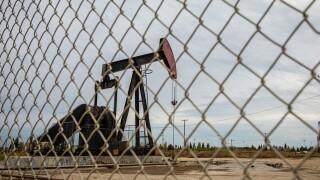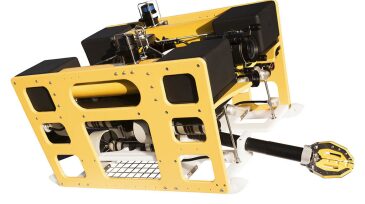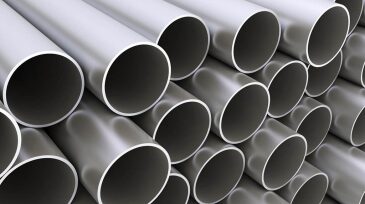Onshore/Offshore Facilities
Estimates commissioned by the Australian government suggest that increasing efficiency will lower costs for decommissioning offshore Australia.
This paper introduces an AI-driven digital fencing system designed to boost security in oil and gas fields. The main objectives are to improve security and safety of oil and gas facilities while addressing the limitations of legacy physical barriers, reducing false alarms, and eliminating the dependability on the grid in favor of renewable energy.
The contract will cover the design and manufacturing of tree systems, flexible flowlines, a manifold, and controls, as well as installation of the subsea production system.
-
At the end of the day, when you are working with heavy oil, the question is how to design your system, including both the layout and the functional aspects of various equipment.
-
Operators’ demands for structural designs are changing along with the need to produce from harsher environments, deeper waters, remote areas, and marginal fields. New-builds and modifications require different approaches in assessment of cost, design, and construction.
-
A realistic computational fluid dynamics (CFD) simulation of a field three-phase separator has been developed. Further, a useful approach to estimating the particle size distribution in oilfield separators was developed. The predicted separation efficiencies are consistent with oilfield experience.
-
ATCE included expanded content for project, facilities and construction professionals. Panels discussed our performance in managing megaprojects and our challenges in designing separation equipment. Two technical paper sessions were also included.
-
Fluid flows in separation vessels are key to effective performance. The flow distributions are affected by the vessel, the configuration of its internals, and the layout of the upstream piping connecting to the vessel’s inlet nozzle.
-
The market for subsea vessel operations in field development; inspection, repair, and maintenance (IRM); and subsea well intervention is expected to grow 63% during 2012 to 2016.
-
Physical properties of crude oil, such as gravity, viscosity, and water density, drive the selection of technologies to be used for effective dehydration. For heavy crude oils, process temperature is often increased to lower viscosity, but there are limits, after which alternatives are needed.
-
This paper describes a gas-hydrate model for oil-dominated systems, which can be used for the design and optimization of facilities focusing on the prevention, management, and remediation of hydrates in flowlines.
-
Through a range of experiments the authors demonstrate that small amount of H2S can be beneficial in reducing corrosion in 3% Cr steel.
-
Complexity is now a day-to-day parameter in the world of the subsea engineer. We are not developing these systems for fun; huge value is associated with maximizing recovery from these deep, remote oil and gas reservoirs.













